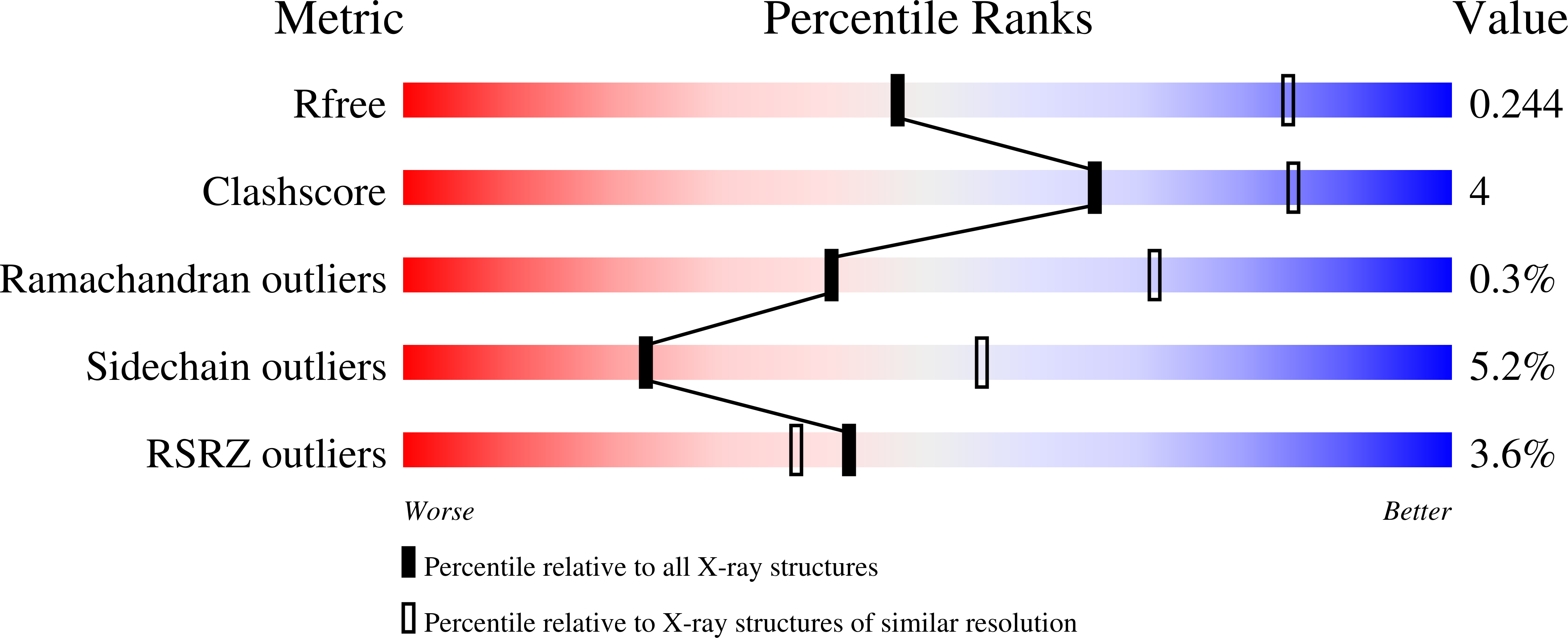
Deposition Date
2016-10-07
Release Date
2016-11-09
Last Version Date
2024-06-19
Entry Detail
PDB ID:
5M11
Keywords:
Title:
Structural and functional probing of PorZ, an essential bacterial surface component of the type-IX secretion system of human oral-microbiomic Porphyromonas gingivalis.
Biological Source:
Source Organism:
Porphyromonas gingivalis (Taxon ID: 837)
Host Organism:
Method Details:
Experimental Method:
Resolution:
2.90 Å
R-Value Free:
0.23
R-Value Work:
0.18
R-Value Observed:
0.18
Space Group:
P 43 21 2


